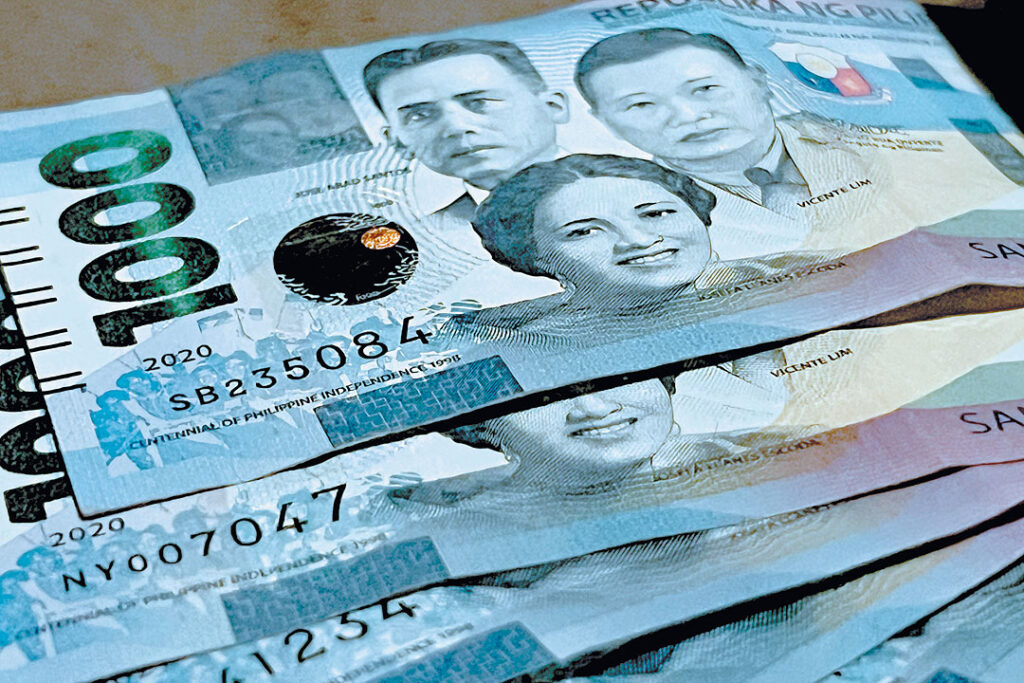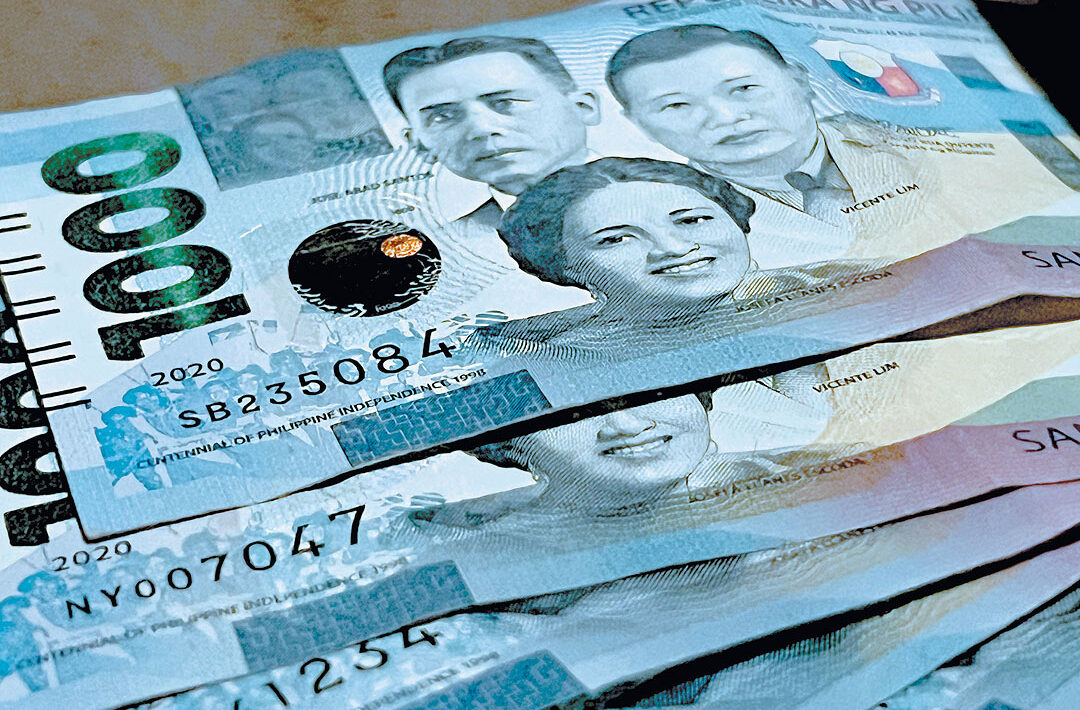
MANILA – The national government’s debt stock posted significant growth in June this year, fueled by borrowings from both domestic and foreign creditors, data from the Bureau of the Treasury showed.
As of end June 2023, the total outstanding debt reached P14.148 trillion, marking a 10.6 percent increase compared to the P12.792 trillion recorded in the same month of the previous year.
Out of the total debt, approximately 68.6 percent originated from domestic sources, while the remaining 31.4 percent was obtained from external creditors.
In the preceding year, the domestic debt amounted to P8.767 trillion, but it climbed to P9.702 trillion by June 2023, marking a 10.7 percent increase.
On a month-on-month basis, the domestic debt rose by 1.2 percent from May’s level of P89.588 trillion.
The Treasury attributed the growth in domestic debt to the net issuance of government bonds, which was primarily driven by the financing requirements.
From January to June, the local debt registered an increment of P494.44 billion or 5.4 percent.
Meanwhile, the government’s external debt registered a 10.4 percent increase in June, reaching P4.445 trillion compared to P4.025 trillion a year ago. However, this figure declined by 1.4 percent compared to the P4.508 trillion recorded in May.
The Treasury attributed the decrease in foreign debt to the impact of currency adjustments, affecting both US dollar and third-currency equivalents.
These adjustments resulted in a decrease in the peso value of the debt, amounting to P69.98 billion and P8.28 billion, respectively.
“These more than offset the availment of foreign loans amounting to P15.25 billion. NG [national government] external debt has increased by P234.55 billion or 5.6 percent from the end-December 2022 level,” the Treasury said.
Despite the ballooning debt level, Finance Secretary Benjamin E. Diokno urged the public to adopt a broader perspective when assessing the government’s debt load, emphasizing the need to consider a more appropriate measure such as the ratio of public debt to the economic output.
By shifting the focus from the total debt value to the debt-to-gross domestic product (GDP) ratio, Diokno explained that it will provide a more accurate understanding of the country’s debt burden.
The debt-to-GDP ratio compares the size of public debt to the size of the Philippine economy, which Diokno suggests helps in better gauging the government’s ability to service and repay its debt.
Diokno also pointed out that a high absolute value of debt does not necessarily indicate a significant burden if the country’s economy is large and growing rapidly.
The debt-to-GDP ratio in the first quarter of the year stood at 61 percent, down from 63.5 percent last year. However, it is still above the 60 percent international threshold deemed by debt watchers as manageable among emerging markets like the Philippines.
A high ratio suggests that the debt burden relative to the economy is substantial, potentially straining the government’s ability to meet its debt obligations. (MB)








